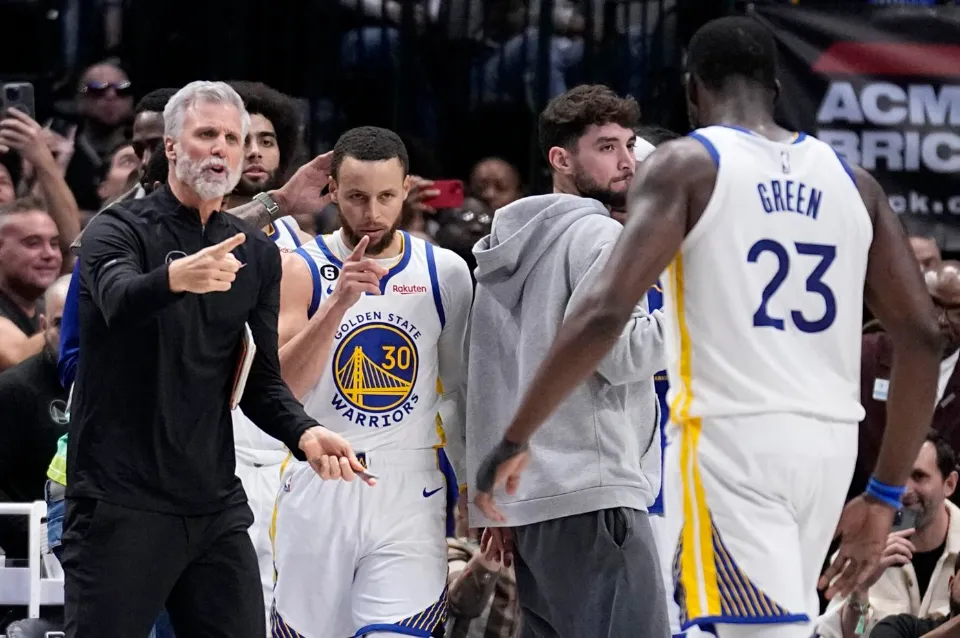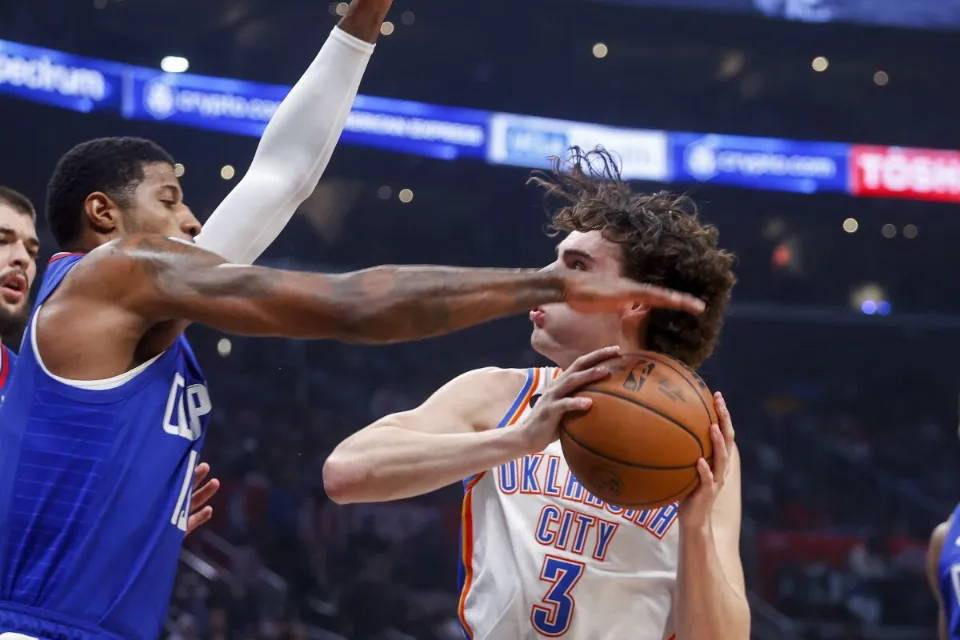How NCAA Transfer Portal Works? – The Ultimate Guide

The NCAA transfer portal was introduced as a compliance system to create a more efficient transfer process for student-athletes who are looking to compete for a different institution.
The portal, which is an online database readily available to all college coaches and schools, is intended to transform Division I athletics by “better supporting the sustainability of college sports.
After two difficult seasons with the Tigers, Clemson quarterback DJ Uiagalelei signed with another program on Monday, emerging as one of the biggest surprises in the program’s illustrious history under legendary head coach Dabo Swinney.
While the portal has been extremely beneficial for student-athletes, coaches have encountered challenges as a result, particularly when trying to foster a supportive team environment while bringing in a large number of new players each year.
The NCAA is also looking to update some components of the transfer portal to make it even more effective, even though most of it has been operating without issue.
Here’s everything you need to know about the NCAA transfer portal:
Table of Contents
How Does the NCAA Transfer Portal Work?
When an NCAA student-athlete decides they want to use the transfer portal, they must provide their information to someone in the compliance office, and the player will be added to the online database within 48 hours.
Once a player enters the portal, coaches from any school can choose whether they want to contact that player because coaches have access to all contact information.
The transfer system’s transparency would be improved, and each player’s desire to transfer to a different institution would be made more visible, when the portal was first introduced.
Players were given the opportunity to play at a school right away after transferring one time in April 2021. Players had to wait until after the new rule went into effect for an entire season before they could play.
What Are the Rules?
Transferring is now simpler than ever for student athletes thanks to the portal, and it’s now even simpler thanks to recent rule changes.
Previously, if a student athlete changed schools, they were required to sit out the following season in accordance with the rules. All Division I student athletes can now transfer schools once without missing a season if they give their school notice by the deadline.
This has resulted in a flood of students entering their names into the transfer portal, which is causing chaos for coaches and schools.
Many coaches have noticed that there will almost certainly be many athletes who do not find landing spots because there are so many athletes entering the portal for the chance to play at a better school.
The college transfer landscape is rapidly altering as a result of the creation of the transfer portal and recent changes to transfer policies.

How Can the NCAA Transfer Portal Be Bad for a Team?
Players embraced the chance to play at their preferred schools after the NCAA transfer portal was introduced, even if they hadn’t first been accepted.
Transfers increased dramatically after the rules were altered to allow players to switch teams once without missing a season of competition.
According to basketball analyst Jeff Goodman, the numbers increased to the point where they were having a negative effect on teams because coaches had to continually teach their systems to new players.
“There’s so much movement that I think it is affecting and will affect the quality of play as much as anything else because you’re going to have a complete roster overall every single year, not have the chemistry and the continuity that you’ve had over the years,” Goodman told NBC.
Read about What is the NCAA?
What is the NCAA Looking to Update Within the Transfer Portal?
The American Football Coaches Association’s executive director, Todd Berry, stated in May that he would prefer two transfer windows for players to enter the portal: one from the final Sunday in November until the early signing date in mid-December, and another from April 15 to May 1.
The only purpose of the times would be for players to access the portal; no transfer would be necessary.
Furthermore, efforts are being made to enhance the NCAA’s infractions procedure for those who transgress NCAA recruiting rules. The process is criticized for taking so long that it only punishes programs and coaches after a lot of time has passed and offenders have moved on.
This was evident in 2018–19 when the Mercer women’s cross country program broke several recruiting laws and was punished in 2001 with three years of probation for the coaches, a year-long postseason ban, and a reduction in scholarships.
The NCAA states that the adjustments would be “more efficient so we can focus our attention on Expectations for Division I membership, especially with regard to benefits for student-athletes.”
When Should I Enter the Portal?
This is an interesting question and an important step in the transfer process. The current coach will play a major role in the choice. When athletes request to enter the portal, the coach may decide to stop allowing them to take part in team activities. This will depend on the circumstances.
Our advice is to go through the portal after your season has ended. Your case might also benefit from an frank discussion with your coach. If you are transferring to get your master’s, look into schools that offer the academic courses you are interested in, and then decide when to inform your coach based on the deadlines.
FAQs
Can You Already Know Where You Want to Go before Going into the Transfer Portal?
Even if you have a general idea of where you want to go, there is no guarantee that you will actually make it there. Even if you like a school and want to attend it, there is no guarantee that you will get a spot on the team because the athletic program has to have room for you. The program might not have the scholarship funding you want or need in addition to a spot. While going through the process, it’s crucial to do your research, try to keep an open mind as well!
Can I Contact Coaches before Being the Portal?
Coaches cannot be contacted before entering the portal, and if they are, they won’t respond until after you enter the portal formally. If athletes are not in the portal when a coach answers them about transferring, there may be consequences.
If I Enter the Portal, Will My NLI Still Be Honored at My Current School?
If you decide to stay at your current school after entering the transfer portal, they are free to revoke or reduce your scholarship and are not required to keep you on the team. Once you’ve entered the transfer portal, schools have the ability to lower or remove your scholarship for the following academic term. The athletic program and coach will decide how to handle everything.
Can Your Current Schools/coaches Interfere With Where You Transfer?
According to the NCAA, “no” is the correct response. Many schools dislike it when their athletes transfer within the conference, but they can’t stop you from going there. According to recently modified regulations, undergraduate athletes are no longer required to sit out a year after transferring. Major conferences have also abandoned the rule that athletes transferring within their conference must sit out a year. Examples of these conferences include the SEC.
Is Transferring as a Graduate Student the Same Process as a Transferring as an Undergraduate Student?
The procedure is essentially the same. The process for entering the portal and communicating with coaches will remain the same for the athlete. The only difference would be the admissions process. Since you are applying to be a graduate student there may be more requirements to get in the program you desire (GRE or other testing). Keep in mind that graduate school deadlines may differ from undergraduate deadlines, which is another crucial point to keep in mind.






